Home>Gardening & Outdoor>Landscaping Ideas>How Does Bermuda Grass Look
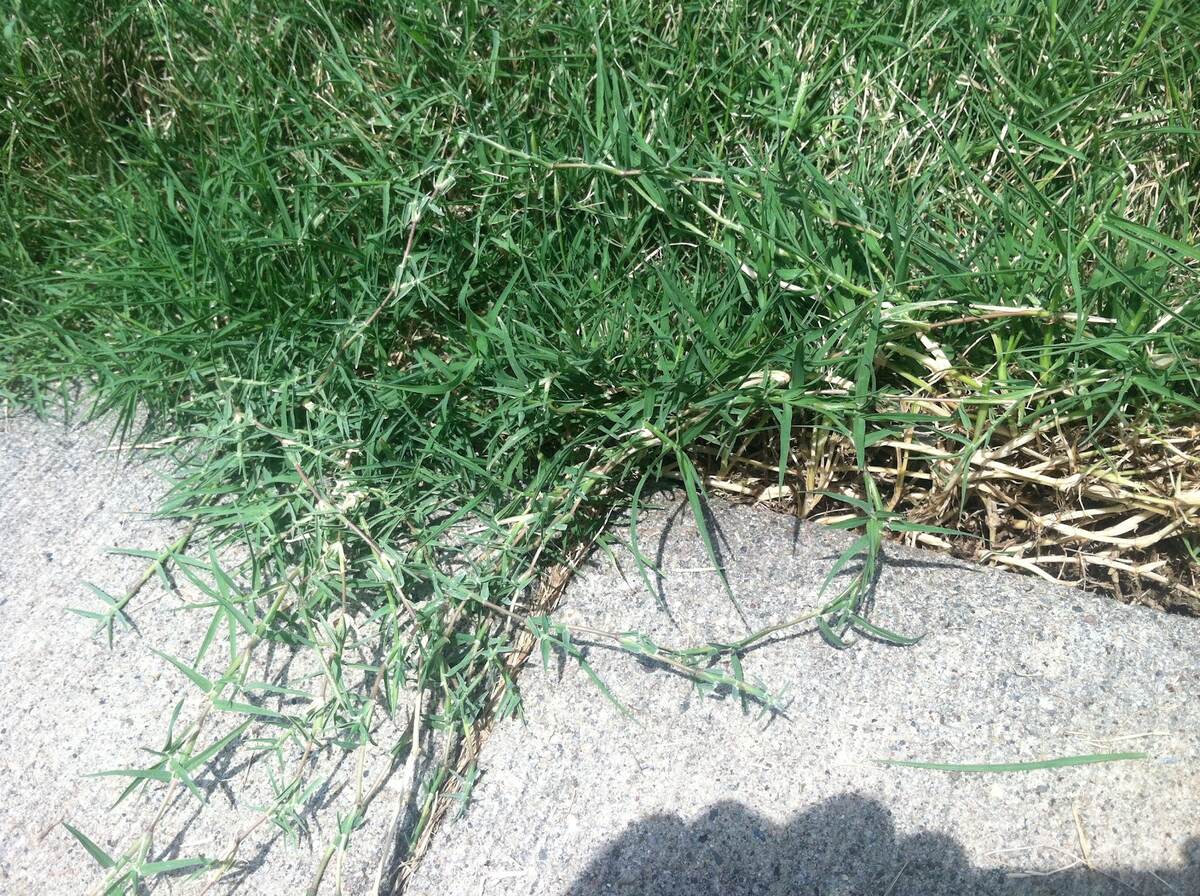

Landscaping Ideas
How Does Bermuda Grass Look
Modified: February 18, 2024
Discover the beauty of Bermuda grass and get landscaping ideas to enhance your outdoor space. Learn how to care for and maintain this popular grass variety.
(Many of the links in this article redirect to a specific reviewed product. Your purchase of these products through affiliate links helps to generate commission for Storables.com, at no extra cost. Learn more)
Characteristics of Bermuda Grass
Bermuda grass, scientifically known as Cynodon dactylon, is a warm-season grass that boasts a plethora of characteristics making it a popular choice for lawns, parks, golf courses, and athletic fields. Understanding the distinctive features of Bermuda grass is essential for anyone considering its cultivation or maintenance.
-
Drought Tolerance: Bermuda grass is renowned for its exceptional drought tolerance, making it an ideal choice for regions with hot and arid climates. This grass species can thrive in conditions where water is scarce, making it a sustainable and low-maintenance option for landscaping.
-
Heat Resistance: Another remarkable characteristic of Bermuda grass is its ability to withstand high temperatures. It exhibits robust growth even during the scorching summer months, retaining its lush green appearance when other grass species may struggle.
-
Rapid Growth: Bermuda grass is known for its vigorous growth rate, quickly establishing a dense and resilient turf. This rapid growth enables it to recover swiftly from damage caused by foot traffic, making it suitable for high-traffic areas.
-
Versatility: One of the most appealing characteristics of Bermuda grass is its versatility. Whether used for residential lawns, sports fields, or commercial landscapes, this grass adapts well to various environments and soil types, thriving in both full sun and partial shade.
-
Low Maintenance: Bermuda grass is favored for its low maintenance requirements. It has a natural resistance to pests and diseases, reducing the need for chemical interventions. Additionally, its rapid growth and ability to outcompete weeds contribute to its low-maintenance appeal.
-
High Wear Tolerance: Due to its robust and resilient nature, Bermuda grass exhibits exceptional wear tolerance, making it an excellent choice for areas subjected to heavy foot traffic or sports activities.
Understanding these characteristics of Bermuda grass is crucial for making informed decisions regarding its utilization and maintenance. Whether seeking a resilient turf for a sports field or a low-maintenance lawn solution, Bermuda grass stands out as a versatile and durable option, capable of thriving in diverse environmental conditions.
Key Takeaways:
- Bermuda grass is a versatile and low-maintenance option for landscaping, thriving in hot climates and high-traffic areas. Its vibrant green color and fine texture enhance outdoor spaces, making it visually captivating.
- With its aggressive growth habit and resilient nature, Bermuda grass creates a lush and uniform turf, perfect for lawns and sports fields. Its fine texture and vibrant color add elegance to any landscape.
Read more: What Does Bermuda Grass Look Like
Appearance of Bermuda Grass
Bermuda grass, with its distinct appearance, is a sight to behold in various landscapes. Its visual characteristics make it a popular choice for lawns, parks, and sports fields. The appearance of Bermuda grass is defined by several key features that set it apart from other grass species.
One of the most striking aspects of Bermuda grass is its vibrant green color. When well-maintained and adequately watered, Bermuda grass exhibits a lush and verdant hue that adds a refreshing touch to any outdoor space. This rich green color creates an inviting and visually appealing landscape, enhancing the overall aesthetic of the area where it is cultivated.
In addition to its color, the blade structure of Bermuda grass contributes to its distinctive appearance. The blades are fine-textured and narrow, giving the grass a refined and manicured look. This fine texture sets Bermuda grass apart from coarser grass varieties, adding a touch of elegance to the landscape.
Furthermore, Bermuda grass forms a dense and uniform turf when properly cared for. This dense growth pattern creates a carpet-like effect, providing a smooth and even surface that is visually pleasing. Whether used for a backyard lawn or a golf course fairway, the uniformity of Bermuda grass contributes to its attractive appearance.
Another notable aspect of Bermuda grass is its ability to create a visually appealing contrast when combined with other landscaping elements. Whether bordered by flower beds, hardscape features, or ornamental plants, Bermuda grass serves as a versatile backdrop, enhancing the overall visual impact of the landscape.
Moreover, the resilience of Bermuda grass adds to its visual appeal. Even in high-traffic areas, Bermuda grass maintains its lush appearance, showcasing its ability to withstand wear and tear while retaining its aesthetic charm.
In summary, the appearance of Bermuda grass is characterized by its vibrant green color, fine-textured blades, dense growth pattern, and overall resilience. These visual attributes make Bermuda grass a sought-after choice for landscaping projects, contributing to the creation of inviting and visually captivating outdoor spaces.
Growth Habit of Bermuda Grass
Bermuda grass, scientifically known as Cynodon dactylon, exhibits a distinctive growth habit that sets it apart from other grass species. Understanding the growth patterns and habits of Bermuda grass is essential for effectively managing its cultivation and maintenance.
One of the defining characteristics of Bermuda grass is its aggressive and resilient growth habit. This warm-season grass species spreads through above-ground stolons and below-ground rhizomes, forming a dense and interconnected root system. This growth habit enables Bermuda grass to rapidly colonize bare or thin areas, resulting in a lush and uniform turf.
Moreover, Bermuda grass displays a prostrate growth habit, with its stems and leaves growing horizontally along the ground. This low-growing nature contributes to its ability to withstand frequent mowing and maintain a consistent height, making it an ideal choice for lawns and sports fields where a manicured appearance is desired.
The growth habit of Bermuda grass also includes its remarkable regenerative capacity. When subjected to stress or damage, such as foot traffic or environmental factors, Bermuda grass exhibits robust regrowth capabilities. This resilience allows it to recover quickly, maintaining its lush and healthy appearance even in challenging conditions.
Furthermore, Bermuda grass demonstrates a high tolerance for close mowing, making it suitable for maintaining a well-groomed and uniform turf. Its growth habit enables it to thrive in diverse environments, ranging from residential lawns to golf courses, where a well-manicured appearance is paramount.
In addition to its growth habit, Bermuda grass has a remarkable ability to establish itself in various soil types, including sandy, loamy, and clay soils. This adaptability contributes to its widespread use in landscaping projects, as it can thrive in different soil conditions, provided proper care and maintenance are observed.
Overall, the growth habit of Bermuda grass is characterized by its aggressive spreading, prostrate growth pattern, regenerative capacity, and adaptability to diverse soil types. These growth habits make Bermuda grass a resilient and versatile choice for creating lush and visually appealing landscapes, capable of withstanding the demands of various outdoor environments.
Bermuda grass has a fine texture and a vibrant green color. It forms dense, low-growing mats and has wiry stems. It is often used for lawns, sports fields, and golf courses due to its durability and ability to withstand heavy foot traffic.
Color Variations in Bermuda Grass
Bermuda grass, renowned for its lush and vibrant appearance, exhibits intriguing color variations that contribute to its visual appeal in diverse landscapes. The color variations in Bermuda grass are influenced by several factors, including environmental conditions, maintenance practices, and specific cultivars.
When well-maintained and provided with adequate sunlight and water, Bermuda grass displays a rich and vibrant green color that creates a visually captivating and inviting landscape. This lush green hue is a hallmark of healthy and thriving Bermuda grass, adding a refreshing touch to lawns, parks, and sports fields. The deep green coloration of Bermuda grass contributes to its aesthetic charm, making it a sought-after choice for landscaping projects.
In addition to its predominant green color, Bermuda grass may exhibit variations in hue and intensity based on environmental factors. During periods of active growth and optimal conditions, Bermuda grass tends to display a more intense and uniform green color, creating a striking visual impact. Conversely, under stress or during dormant phases, the color of Bermuda grass may shift to a lighter or yellowish tone, signaling its response to environmental factors such as temperature fluctuations or water scarcity.
Furthermore, the color variations in Bermuda grass can be influenced by specific cultivars and hybrid varieties. Certain cultivars are bred to enhance specific color traits, resulting in variations such as darker shades of green or increased resistance to color changes during adverse conditions. These cultivar-specific color variations allow landscapers and homeowners to select Bermuda grass varieties that align with their aesthetic preferences and environmental considerations.
Moreover, the color variations in Bermuda grass play a significant role in creating visually dynamic landscapes. When combined with other landscaping elements, such as flower beds, hardscape features, or ornamental plants, the color variations in Bermuda grass contribute to the overall visual composition, adding depth and contrast to outdoor spaces.
In summary, the color variations in Bermuda grass, influenced by environmental conditions and cultivar-specific traits, contribute to its visual allure and versatility in landscaping. Understanding these color variations enables landscapers and homeowners to harness the aesthetic potential of Bermuda grass, creating inviting and visually captivating outdoor environments.
Texture of Bermuda Grass
The texture of Bermuda grass plays a pivotal role in defining its visual appeal and tactile characteristics, making it a standout choice for diverse landscaping applications. When exploring the texture of Bermuda grass, one encounters a blend of fine attributes that contribute to its overall aesthetic and functional value.
Bermuda grass is renowned for its fine-textured blades, which impart a sense of refinement and elegance to outdoor spaces. The narrow and delicate nature of its blades sets Bermuda grass apart from coarser grass varieties, creating a visually pleasing and manicured appearance. This fine texture adds a touch of sophistication to lawns, parks, and recreational areas, enhancing the overall visual allure of the landscape.
Moreover, the texture of Bermuda grass extends beyond its visual appeal, encompassing its tactile qualities. When walking barefoot on a well-maintained Bermuda grass lawn, one experiences a soft and velvety sensation, indicative of its fine texture. This tactile aspect enhances the outdoor experience, making Bermuda grass an inviting and comfortable surface for recreational activities and leisurely strolls.
Furthermore, the texture of Bermuda grass contributes to its resilience and wear tolerance. Despite its fine texture, Bermuda grass exhibits remarkable durability, capable of withstanding foot traffic and recreational use without compromising its visual and tactile qualities. This combination of fine texture and robust resilience makes Bermuda grass an ideal choice for high-traffic areas, where both aesthetic appeal and functional durability are essential.
In addition to its fine texture, Bermuda grass possesses a dense and uniform growth pattern, further enhancing its tactile attributes. The dense turf created by Bermuda grass provides a smooth and even surface, offering a pleasant tactile experience for outdoor activities and leisure. This uniform texture contributes to the overall comfort and usability of outdoor spaces adorned with Bermuda grass, making it a preferred option for residential lawns, parks, and recreational facilities.
In summary, the texture of Bermuda grass encompasses its fine-textured blades, tactile comfort, resilience, and uniform growth pattern, culminating in a visually appealing and inviting landscape. Understanding the texture of Bermuda grass is essential for harnessing its aesthetic and functional potential, creating outdoor environments that are both visually captivating and tactilely enjoyable.
Frequently Asked Questions about How Does Bermuda Grass Look
Was this page helpful?
At Storables.com, we guarantee accurate and reliable information. Our content, validated by Expert Board Contributors, is crafted following stringent Editorial Policies. We're committed to providing you with well-researched, expert-backed insights for all your informational needs.
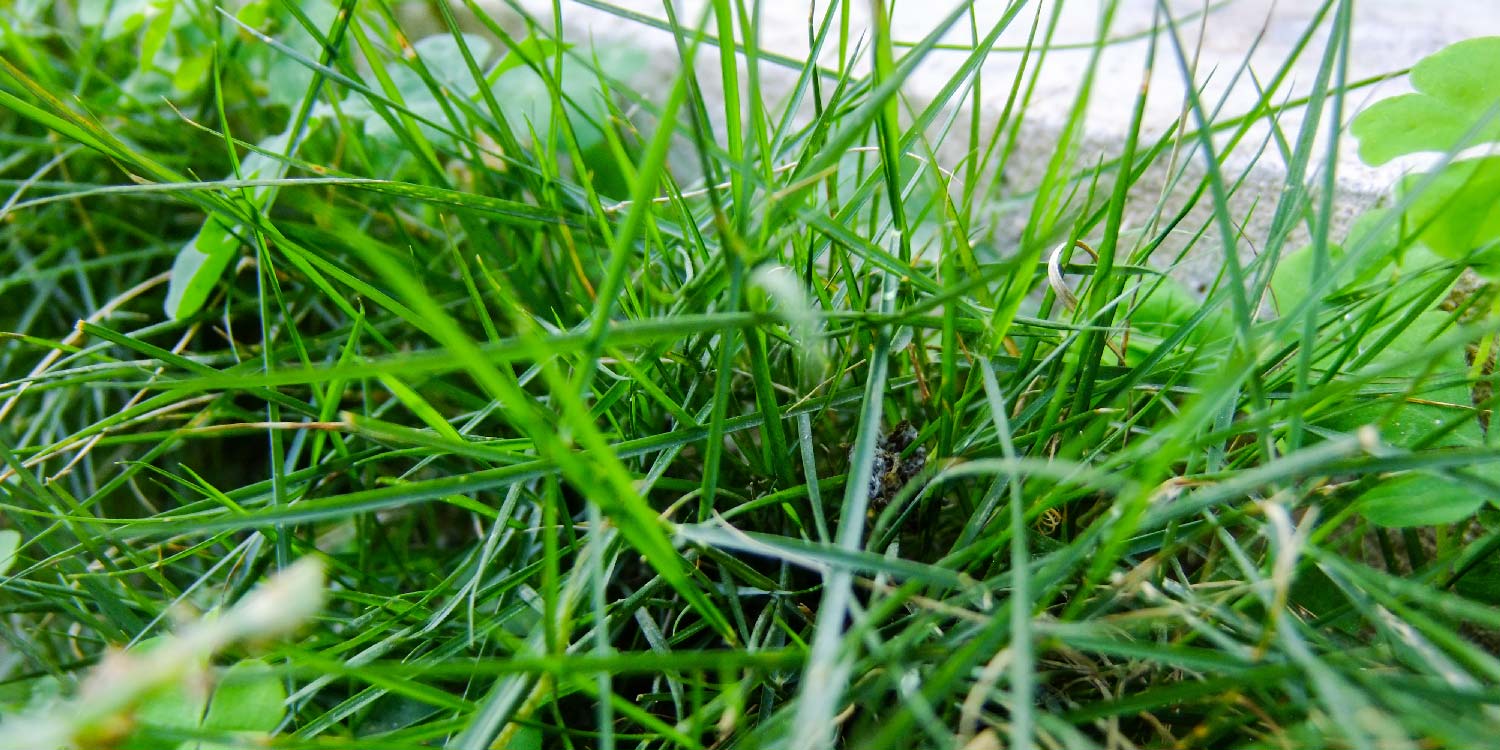
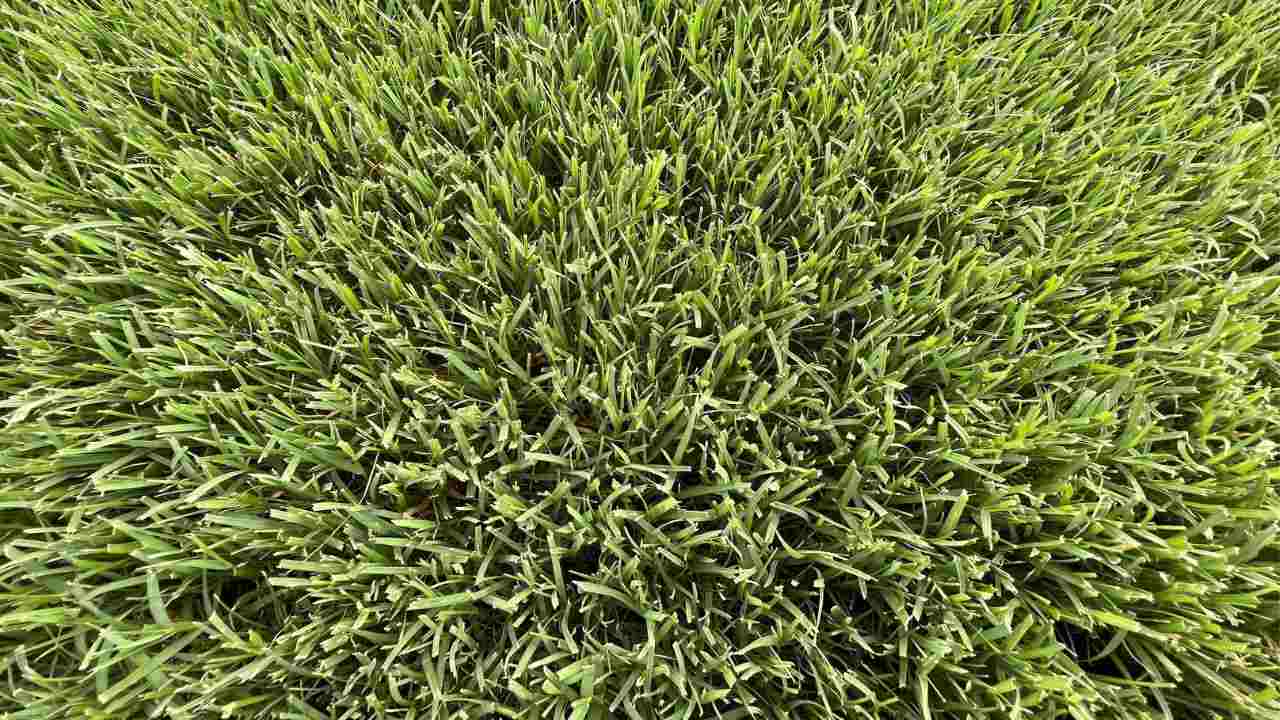
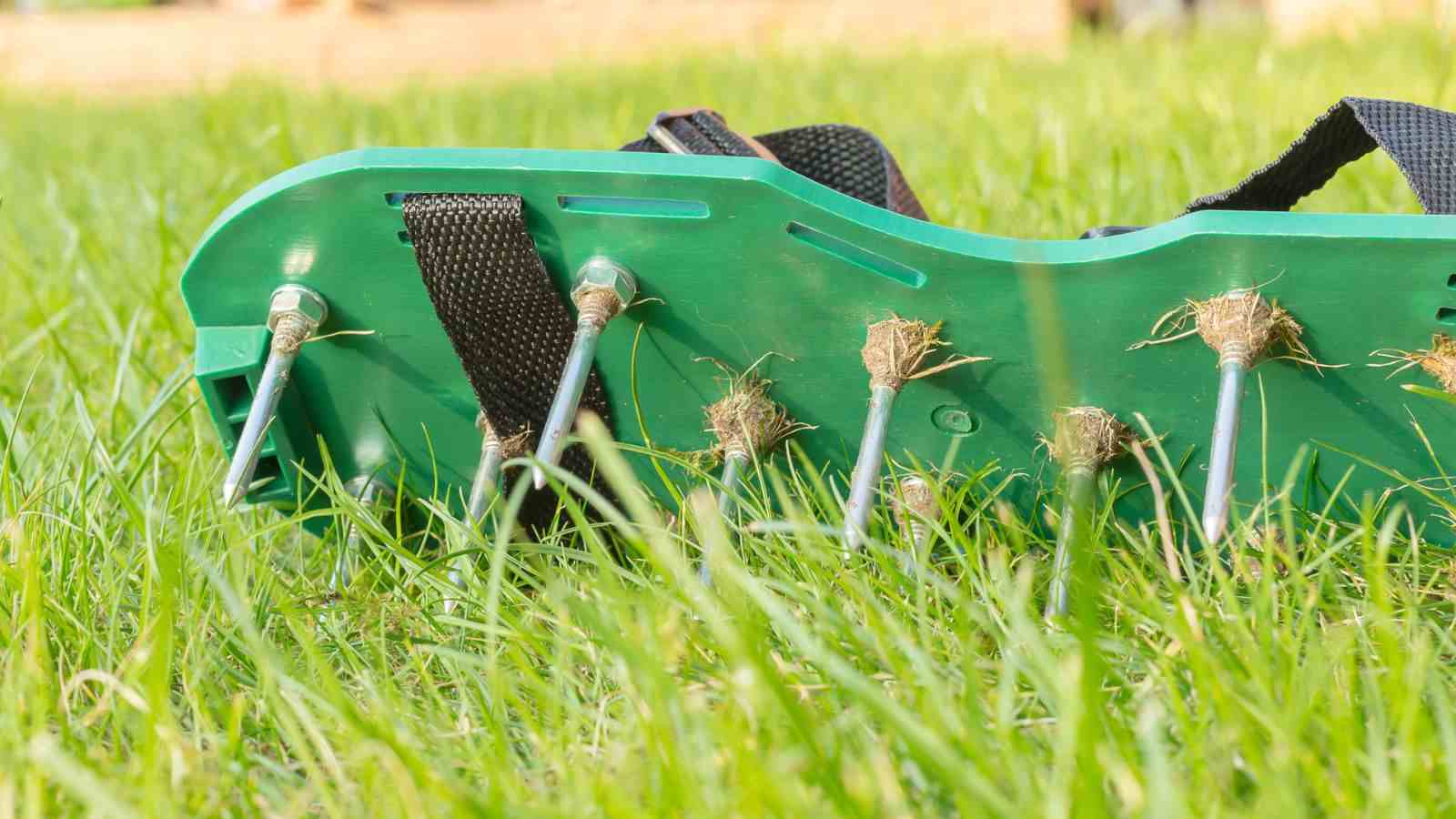
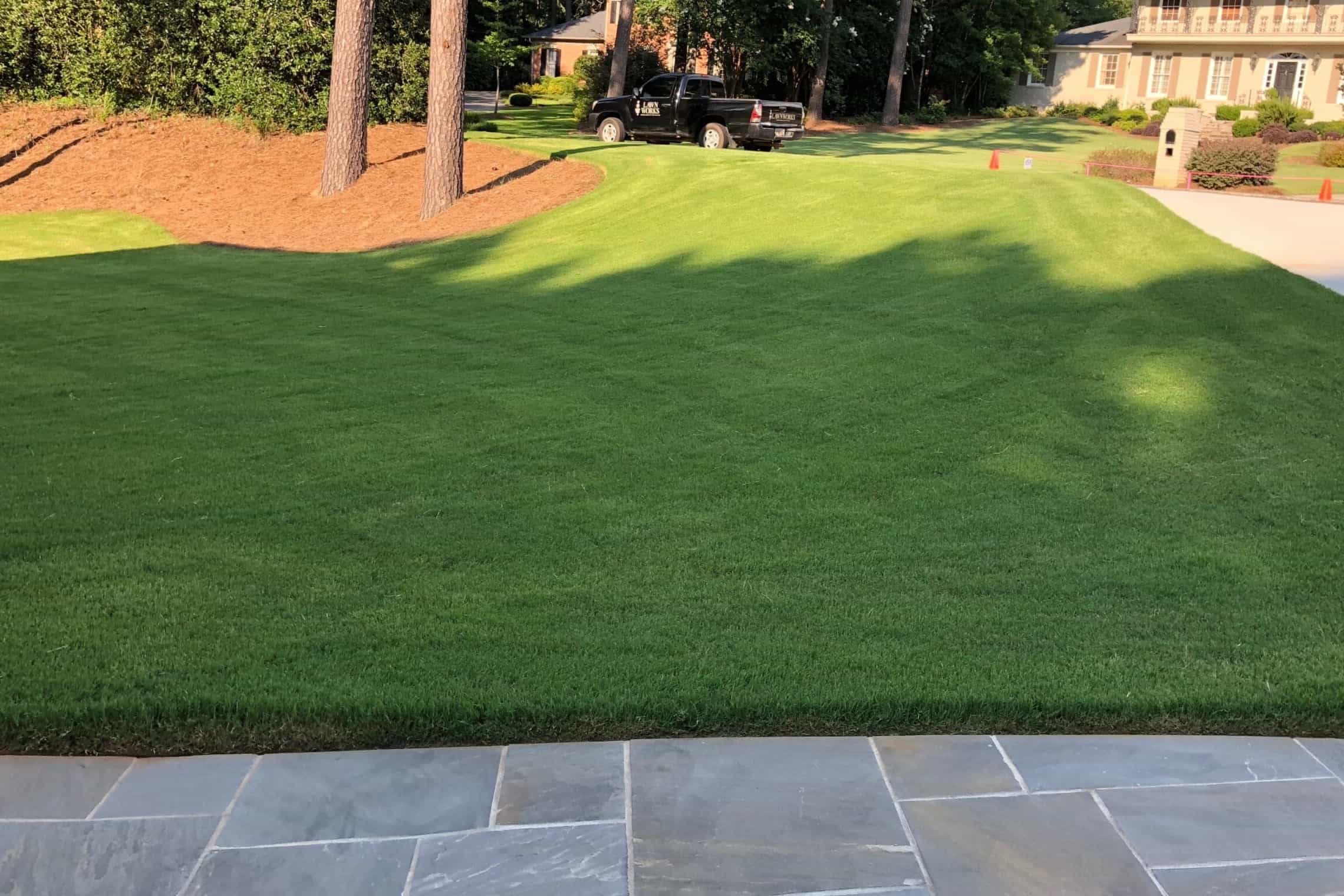
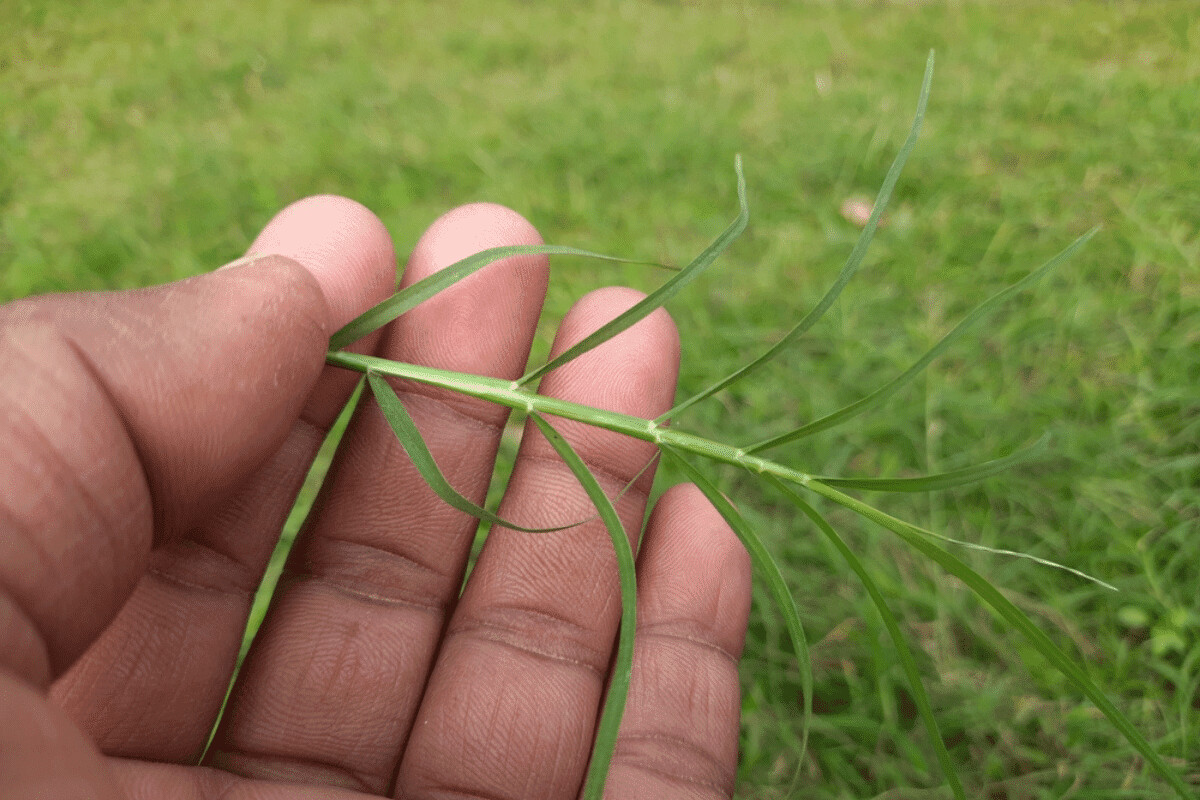
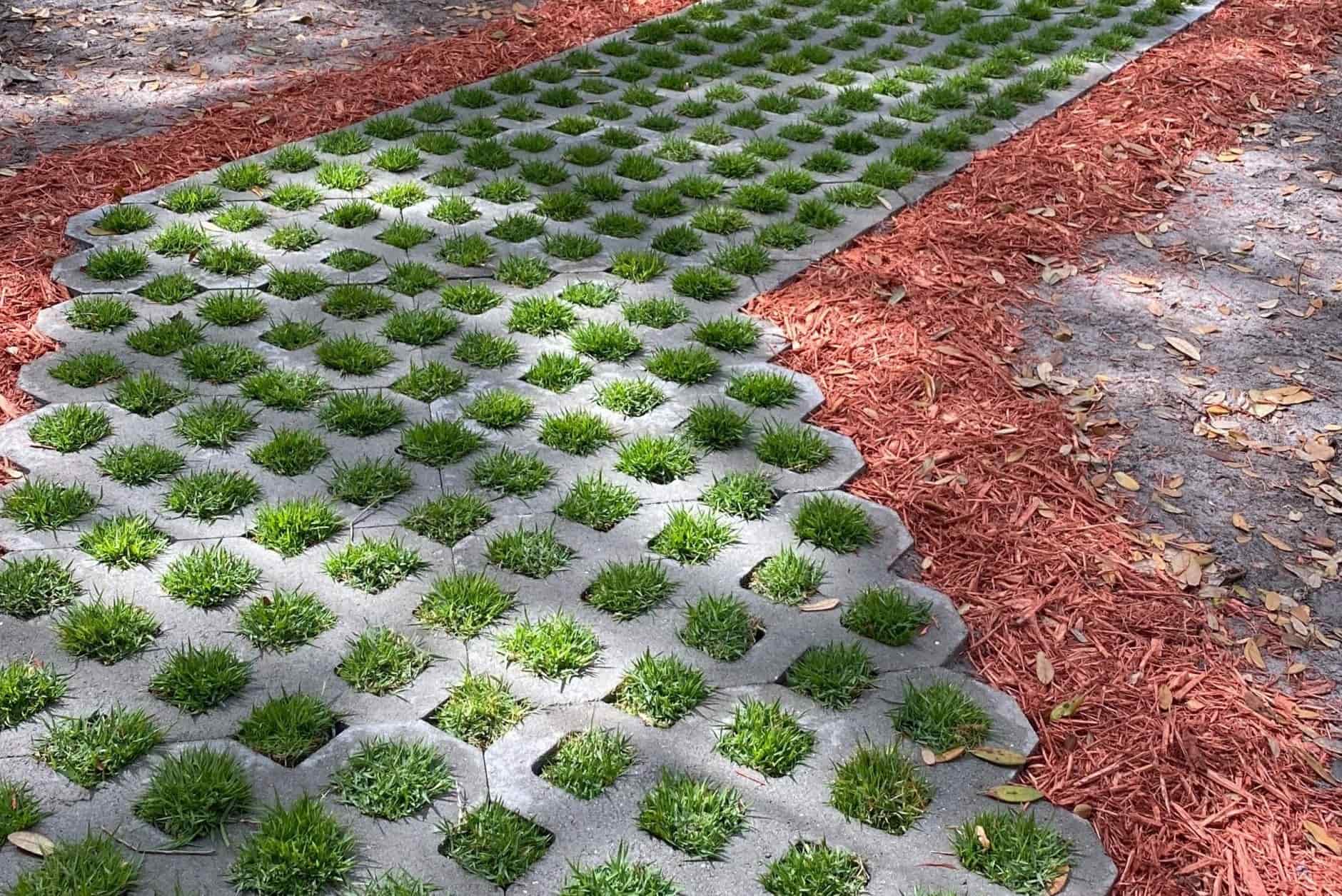

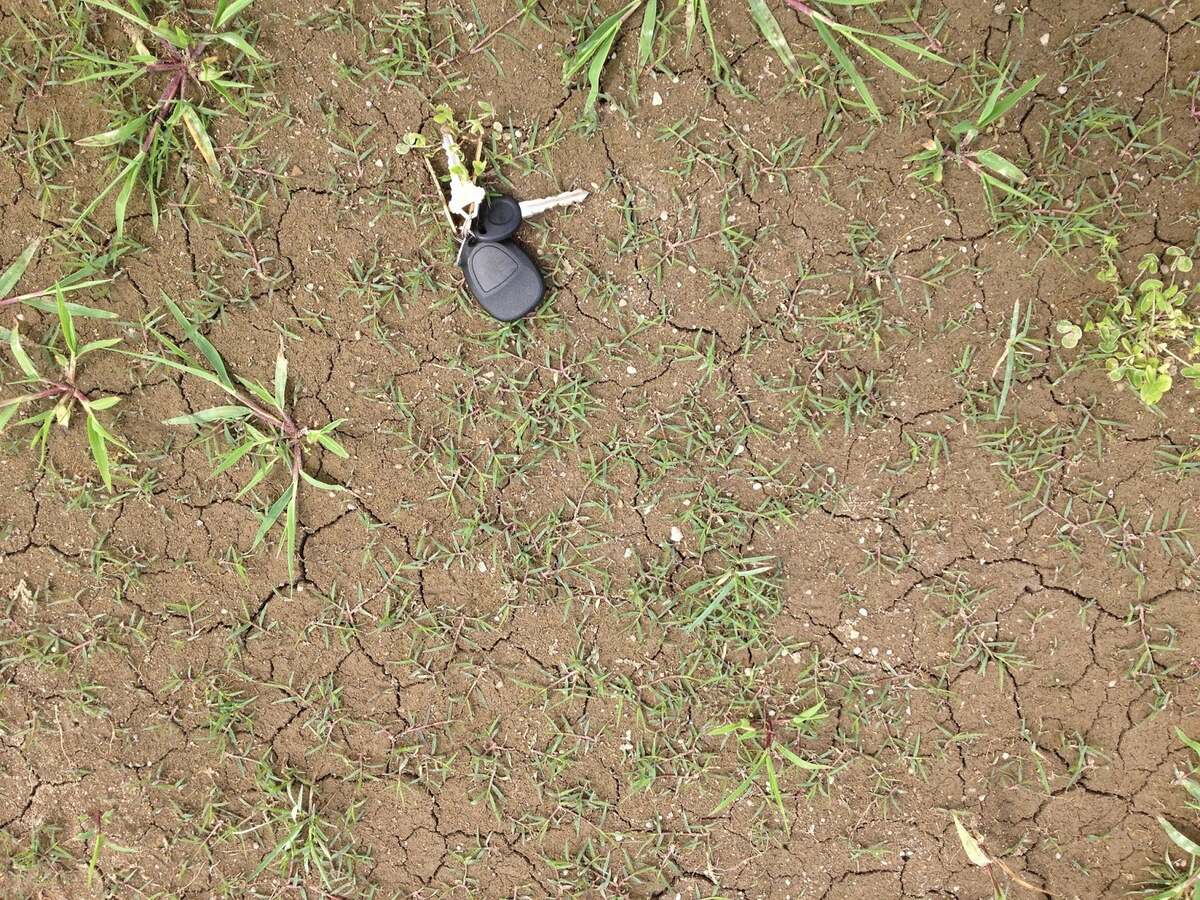
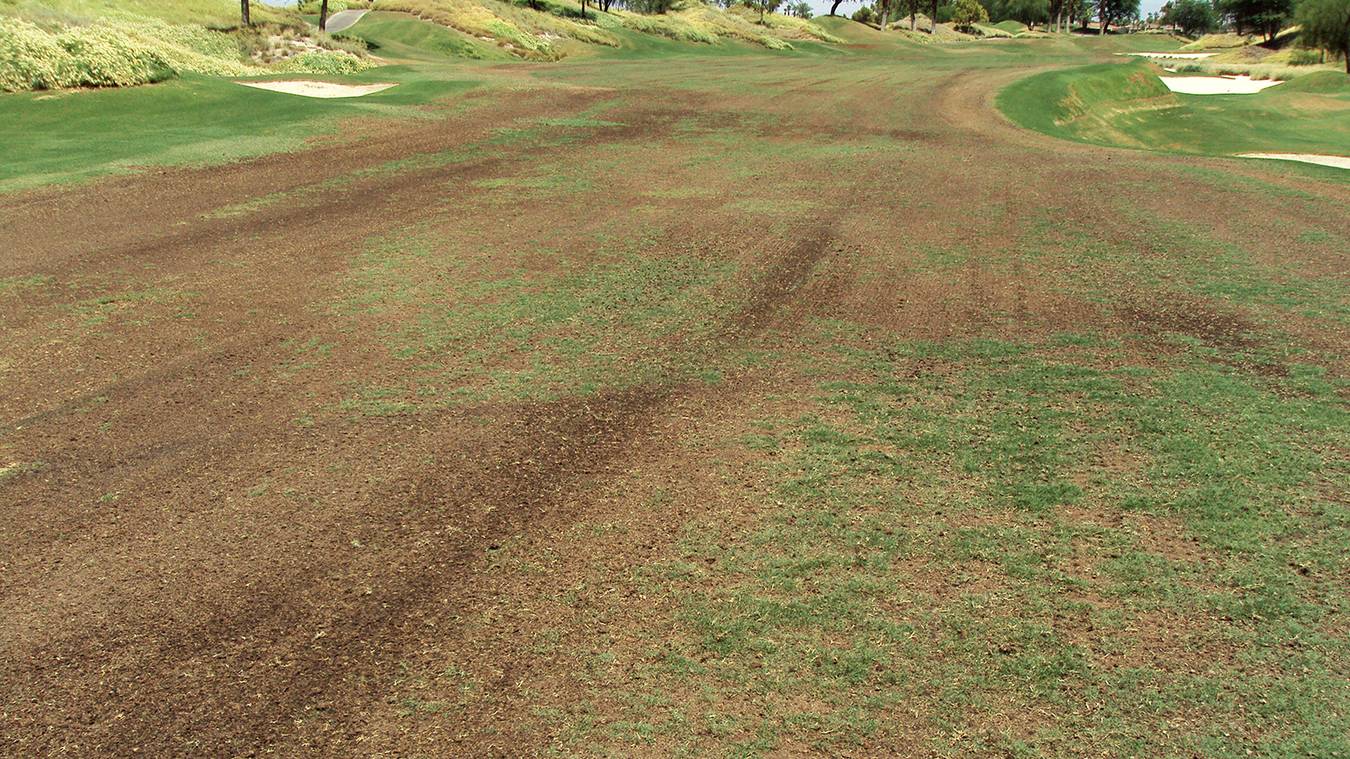
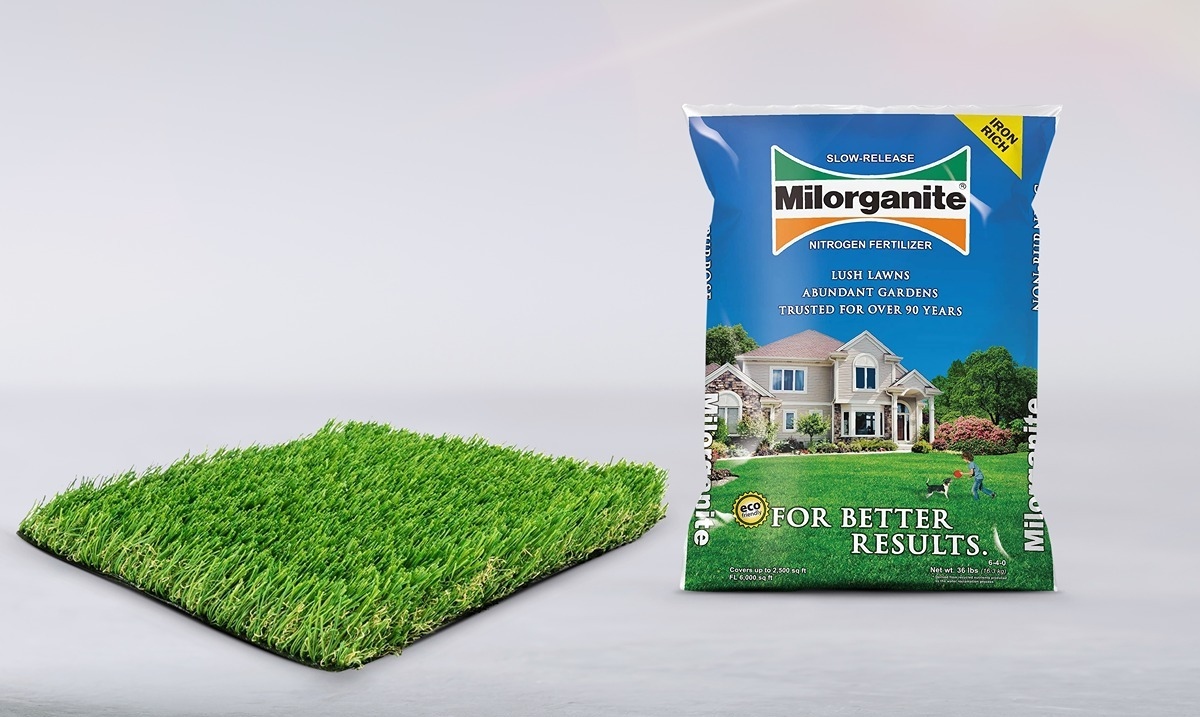
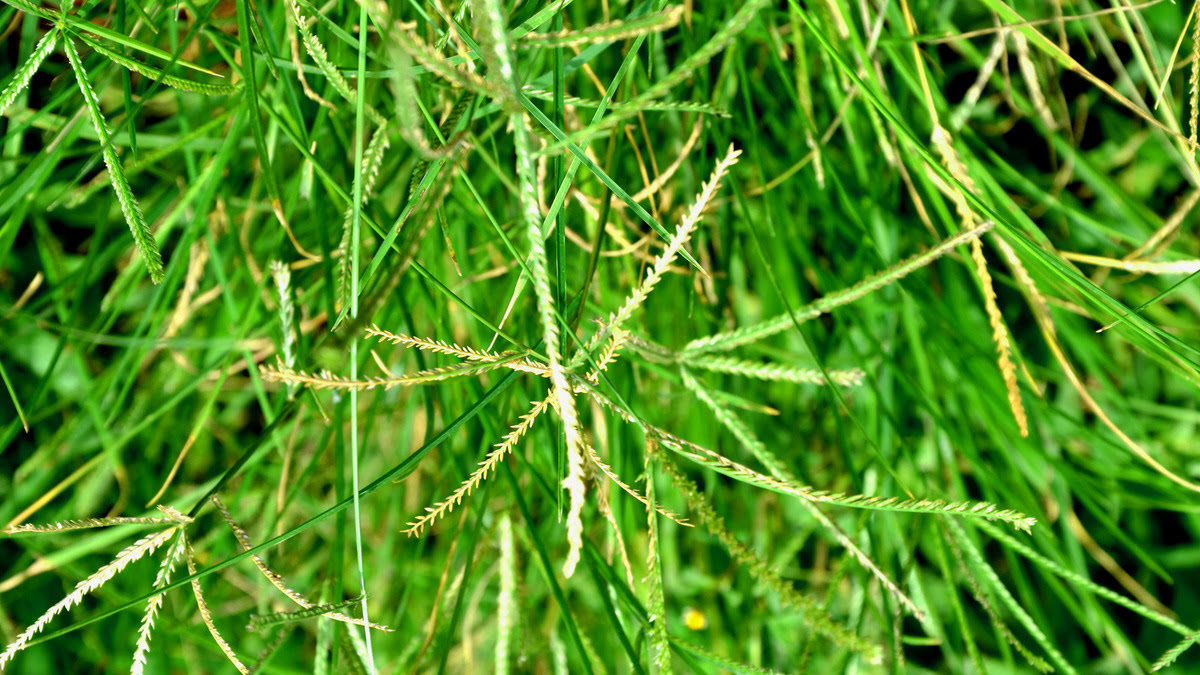
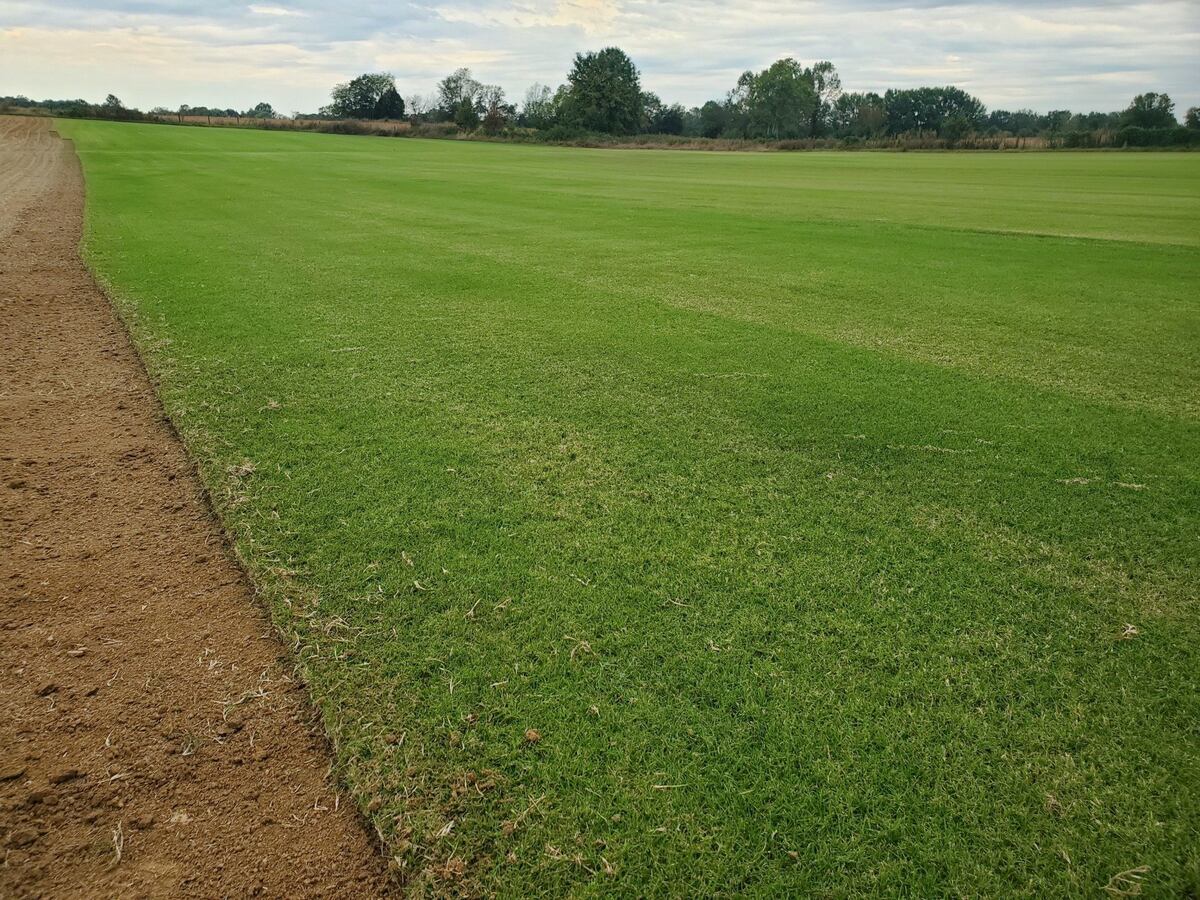
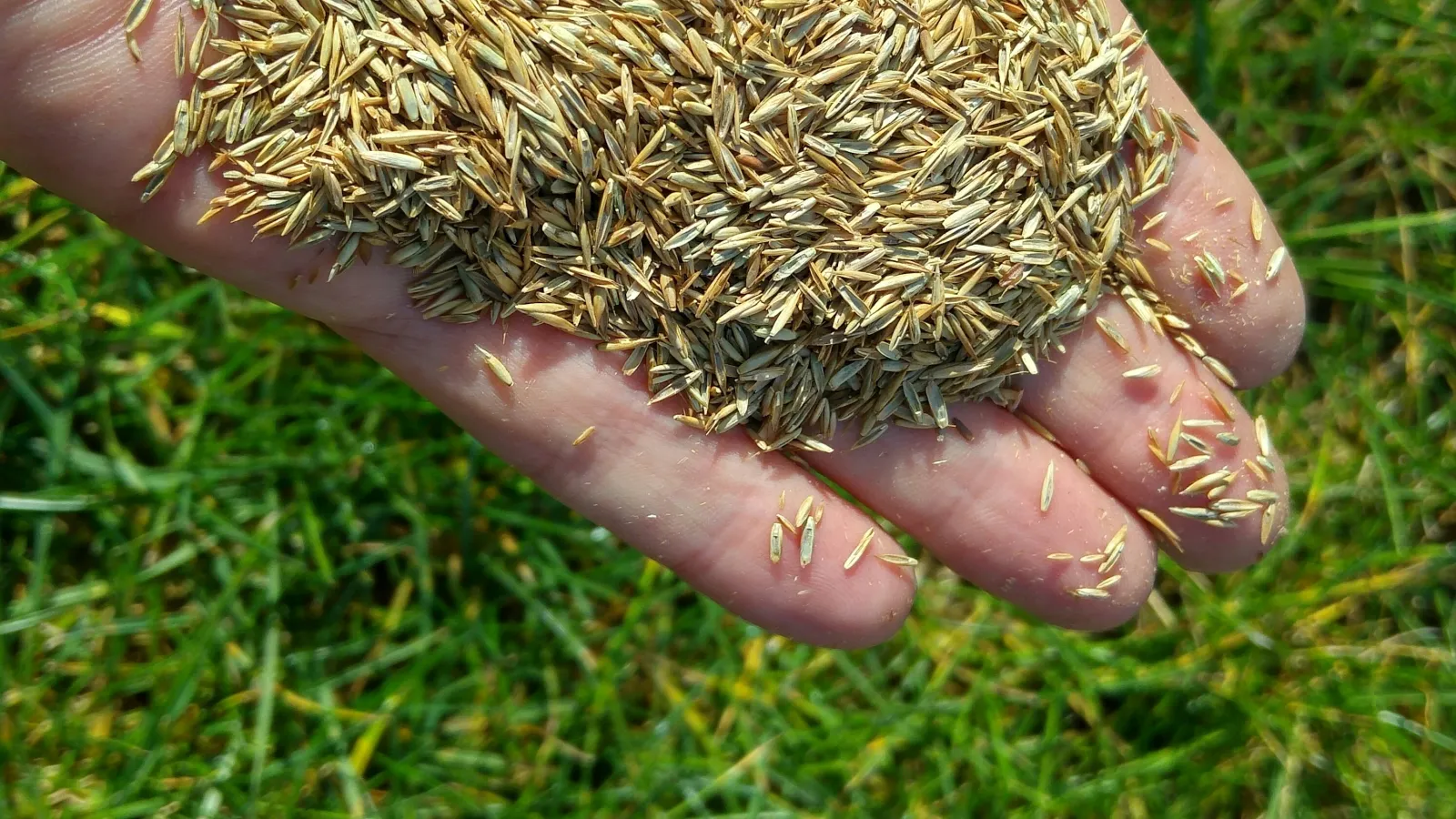
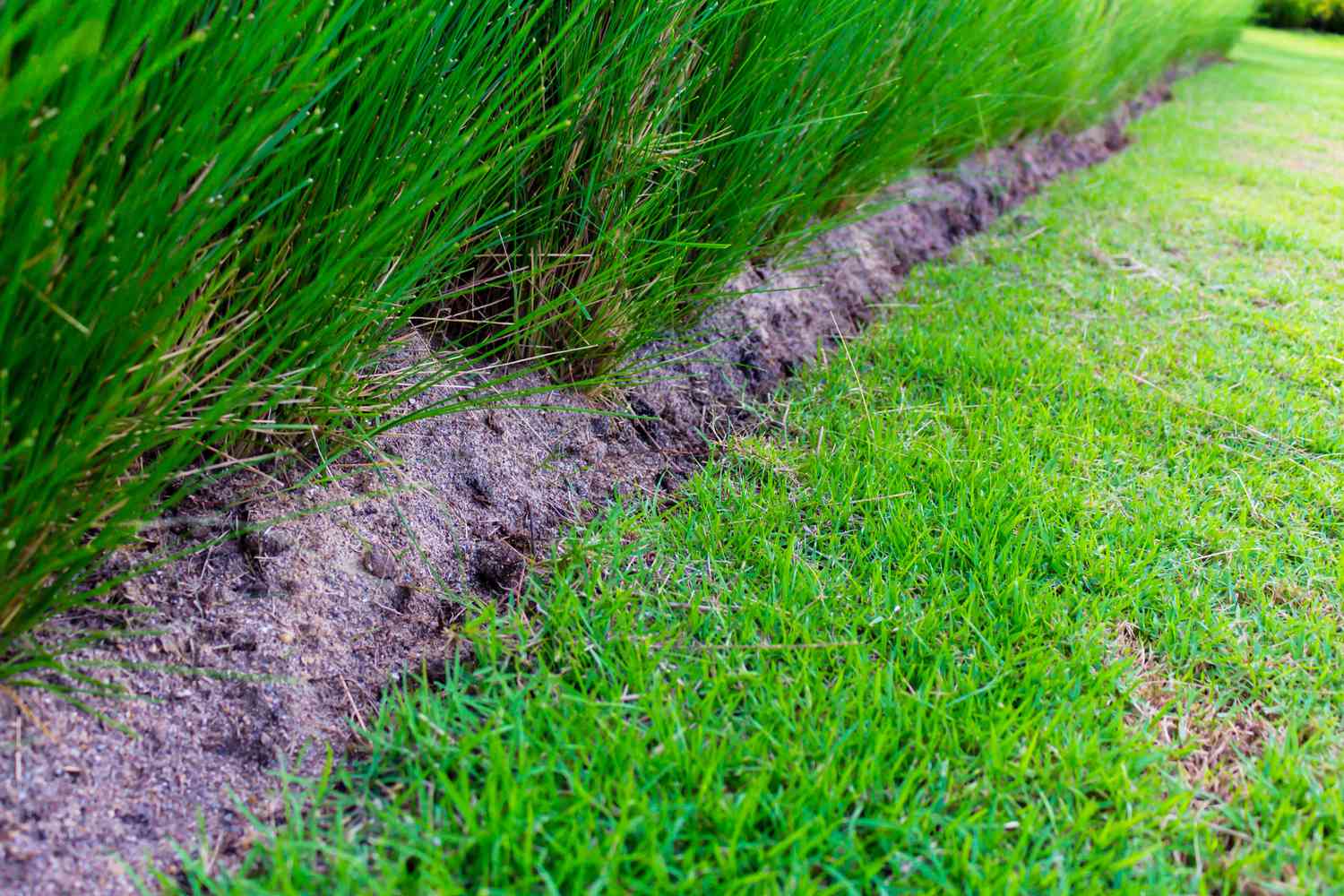
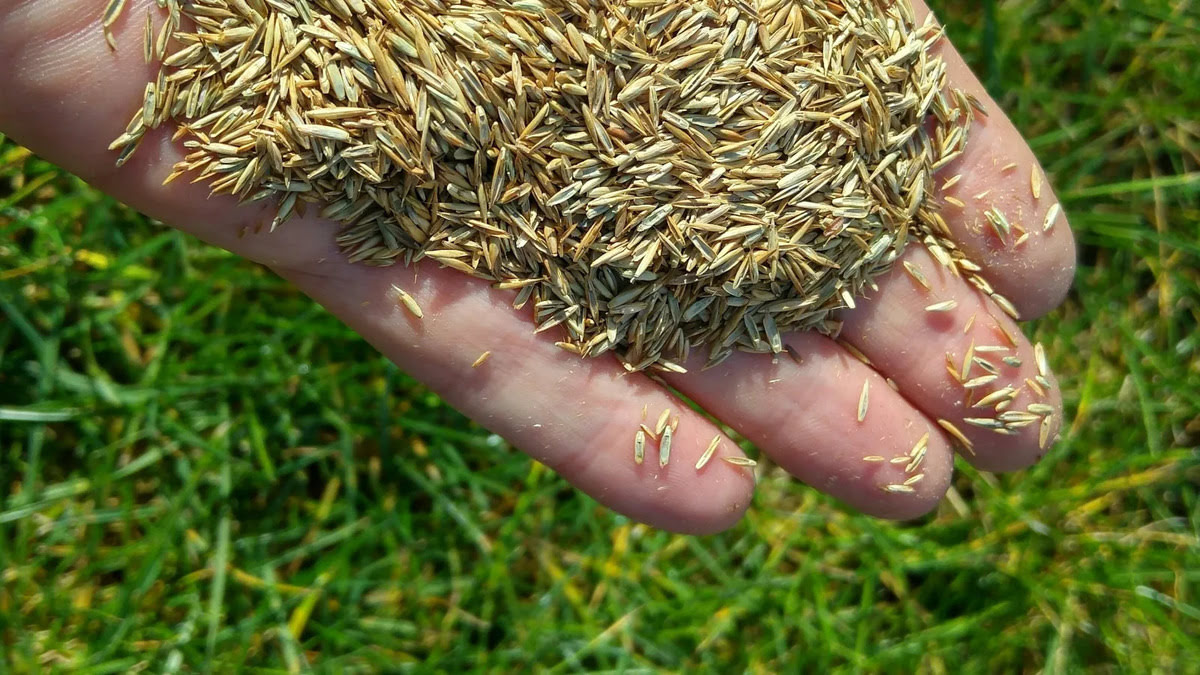

0 thoughts on “How Does Bermuda Grass Look”